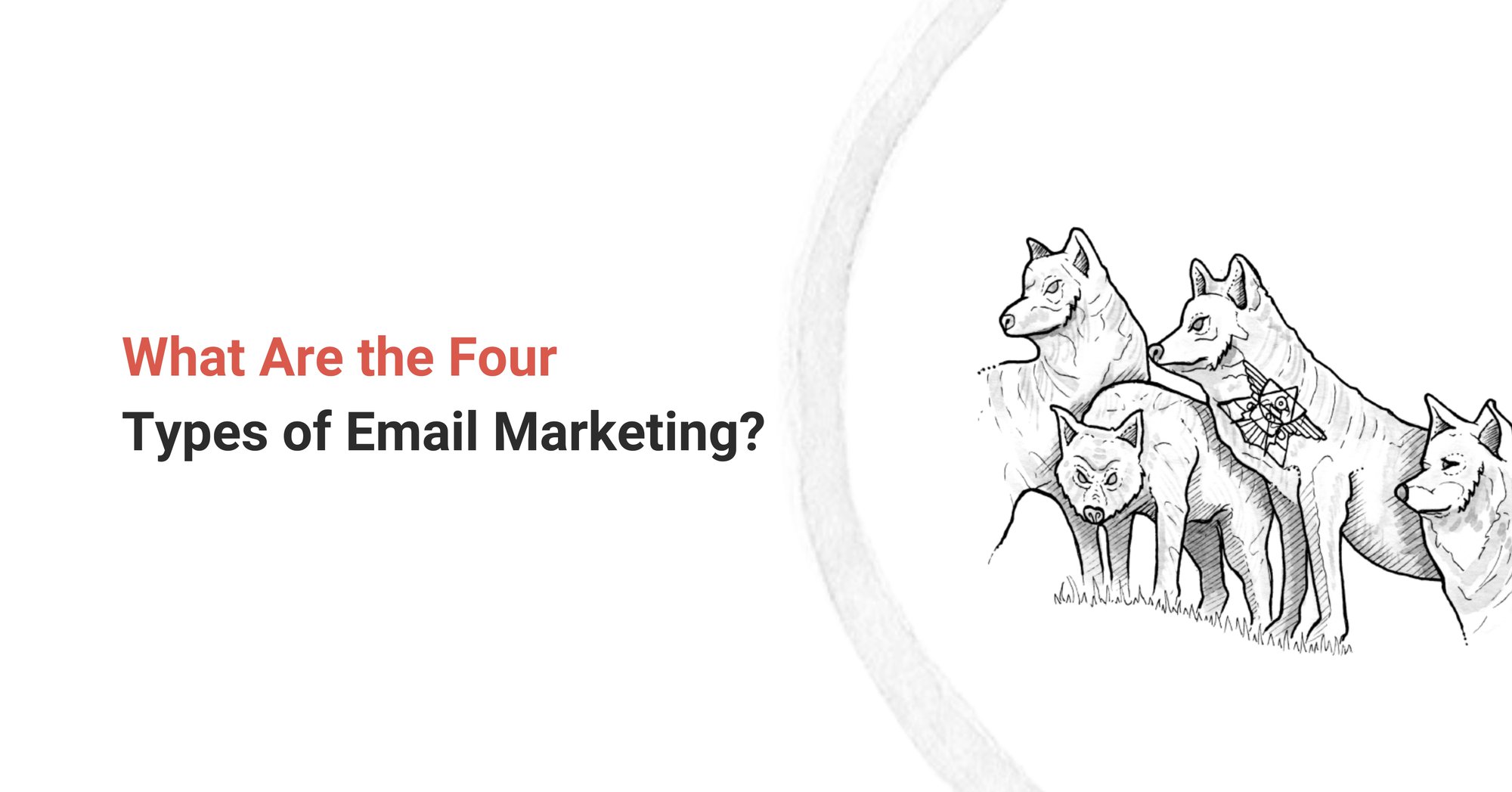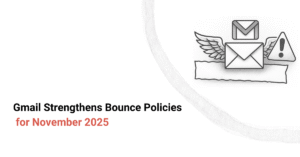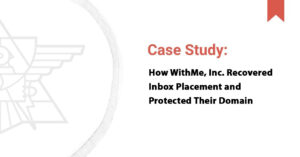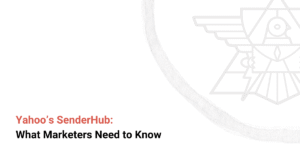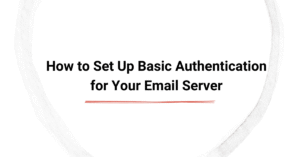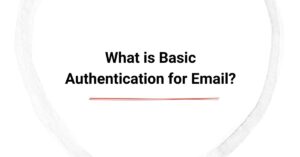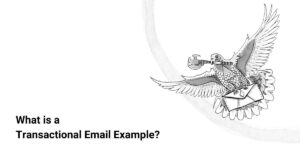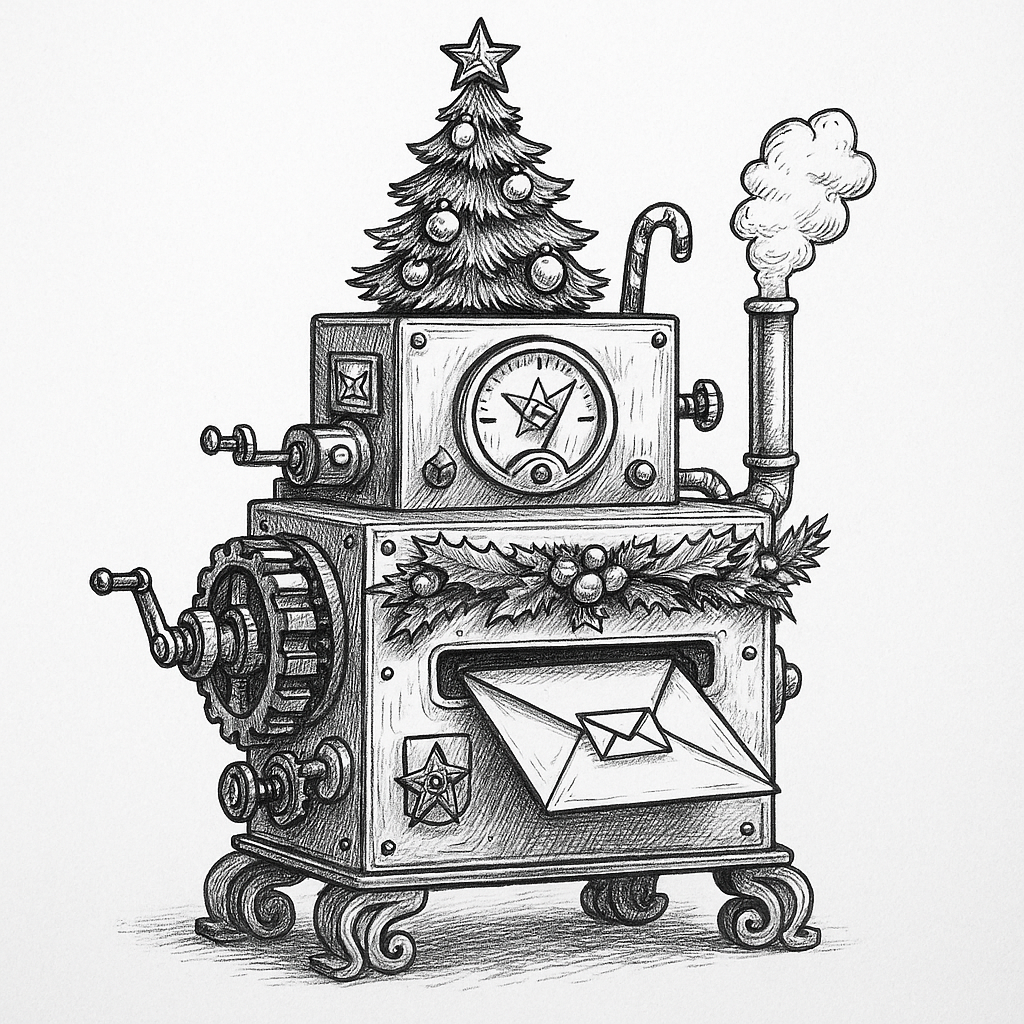
Email marketing continues to be one of the most effective tools for connecting with customers, nurturing relationships, and increasing revenue. But to make the most of it, you need to really understand the four types of email marketing and when to use each. Knowing how to use these different types, each with its unique purpose, helps you deliver the right message at the right time and build trust with your audience.
Whether you're managing campaigns for a SaaS startup, running a small business, or scaling a global B2B brand, understanding these types of email marketing is the first step to creating a reliable, consistent communication strategy.
What Is Email Marketing?
Email marketing refers to sending targeted messages to people who’ve opted in to hear from your business. It's not just about pushing out updates. It’s about building a connection through regular, helpful, or timely messages. This connection turns subscribers into customers—and customers into long-term advocates.
The power of email marketing lies in its versatility. You can send a new customer a welcome sequence, alert a power user about a product upgrade, or re-engage someone who hasn't opened in weeks—all through different types of email marketing.
Type 1: Promotional Emails
Promotional emails are designed to encourage immediate action. They highlight something specific: a new product, a flash sale, a discount, special offers, or an upcoming event. This type of email marketing is most common because it's often tied to direct business goals like increasing revenue or launching new offers.
When to use: When you want to boost sales, promote a limited-time offer, or drive traffic to a landing page.
Why it works: These emails create urgency and offer a clear benefit. With a strong call-to-action and simple layout, they push people to act.
Examples include:
- Limited-time discounts
- Product announcements
- Time-sensitive campaigns
Tips:
- Make the benefit of the offer clear in the subject line
- Focus on one offer per email
- Send only to relevant segments to avoid unsubscribes
Promotional emails are effective when sent in moderation. Overusing them can desensitize your audience. The best use of this type of email marketing is in combination with educational or value-based messages.
Type 2: Transactional Emails
Transactional emails are automated messages triggered by specific user actions. These include receipts, password resets, order confirmations, and shipping updates. While often overlooked as a marketing channel, they’re among the most opened types of email marketing.
When to use: Every time a customer takes an action that requires confirmation, instruction, or follow-up.
Why it works: These messages are expected and useful. Since open rates are typically high, you have a rare opportunity to include subtle brand reinforcement or a next step.
Examples include:
- Order confirmations
- Account updates
- Password reset instructions
Tips:
- Keep the content clear and functional
- Include helpful links or a quick way to reach support
- Use consistent branding (logo, tone, style)
Even though transactional messages are automated, they’re still part of your overall email strategy. This type of email marketing contributes to trust and user satisfaction—especially if issues arise later.
Type 3: Lifecycle Emails
Lifecycle emails are automated sequences designed to guide subscribers or existing customers through different stages of engagement. This includes onboarding, upsells, trial-to-paid conversions, churn prevention, and reactivation campaigns.
When to use: When you want to support someone’s journey with your product or service, whether it’s their first day or 100th login.
Why it works: It’s personal, contextual, and based on behavior. Instead of blasting one message to everyone, you speak to someone based on where they are in the lifecycle.
Examples include:
- Welcome sequences for new subscribers
- Product onboarding tutorials
- Feedback requests after a set period
- Reminder emails for inactive users
Tips:
- Use data to trigger relevant messages (e.g. signup date, usage frequency)
- Space messages out to avoid overload
- Regularly audit and update your flows based on performance
This type of email marketing is essential for long-term retention, repeat business, and conversion. It helps users get value faster—and reduces drop-off by guiding them at the right moments.
Type 4: Newsletter Emails
Newsletters are recurring emails that provide value through content, insights, updates, or recommendations. Unlike promotional or lifecycle messages, they’re not tied to a specific trigger or action.
When to use: To stay top of mind, build brand awareness and thought leadership, or maintain regular communication with subscribers.
Why it works: Newsletters offer value without asking for anything in return. They’re ideal for relationship-building and fostering brand loyalty over time.
Examples include:
- Monthly roundups
- New blog posts or podcast episodes
- Team or product updates
- Industry commentary
Tips:
- Choose a consistent cadence (weekly, bi-weekly, monthly)
- Highlight the most valuable content upfront
- Keep formatting simple and mobile-friendly
Used correctly, newsletters are one of the most flexible types of email marketing. They build familiarity and give your audience a reason to keep opening.
Why You Should Combine All Four Types
Relying on one type of email doesn’t work. You can’t build a brand on promotional emails alone. And sending only newsletters might mean missed revenue opportunities.
The smartest strategies use all four types of email marketing to:
- Welcome new subscribers and guide them through onboarding (lifecycle)
- Send relevant promotions when they’re ready to buy (promotional)
- Keep them informed after they take action (transactional)
- Share insights that help them get more value (newsletter)
Each type has its role. Together, they create a cohesive, consistent experience.
| Email Type | Goal | Triggered or Scheduled | Works Best For |
|---|---|---|---|
| Promotional | Drive conversions | Scheduled | Sales, events, product launches |
| Transactional | Confirm and inform | Triggered | Receipts, updates, account changes |
| Lifecycle | Nurture and retain | Triggered | Onboarding, upsell, re-engagement |
| Newsletter | Educate and engage | Scheduled | Long-term relationship building |
Common Mistakes (And How to Fix Them)
Sending only promotions: People get tired of being sold to. Mix in useful content and lifecycle messages to balance your strategy.
Neglecting transactional emails: These aren’t just functional—they’re part of the brand experience. Review them every quarter and make sure they reflect your tone.
Not segmenting: Not every recipient on your list wants the same thing. Segment by engagement, behavior, or purchase history.
No automation in place: If you’re manually sending everything, you’re missing out. Even a basic welcome flow or win-back sequence improves engagement.
Overdesigning your emails: Design supports the message—it shouldn’t overshadow it. A simple layout often performs better.
Final Thoughts
Mastering the four types of email marketing isn’t optional—it’s how you build a dependable, scalable system that works while you sleep. Each type has a role to play. Each one earns attention in a different way and contributes to the success of your overall email strategy.
When used together, they help:
- Build relationships
- Improve conversions
- Reduce churn
- Create long-term brand value
No tricks. Just the right message at the right time.
Need help making your email strategy actually work? We work with email marketers, SaaS teams, and agencies to improve deliverability, engagement, and ROI. Let’s talk.

